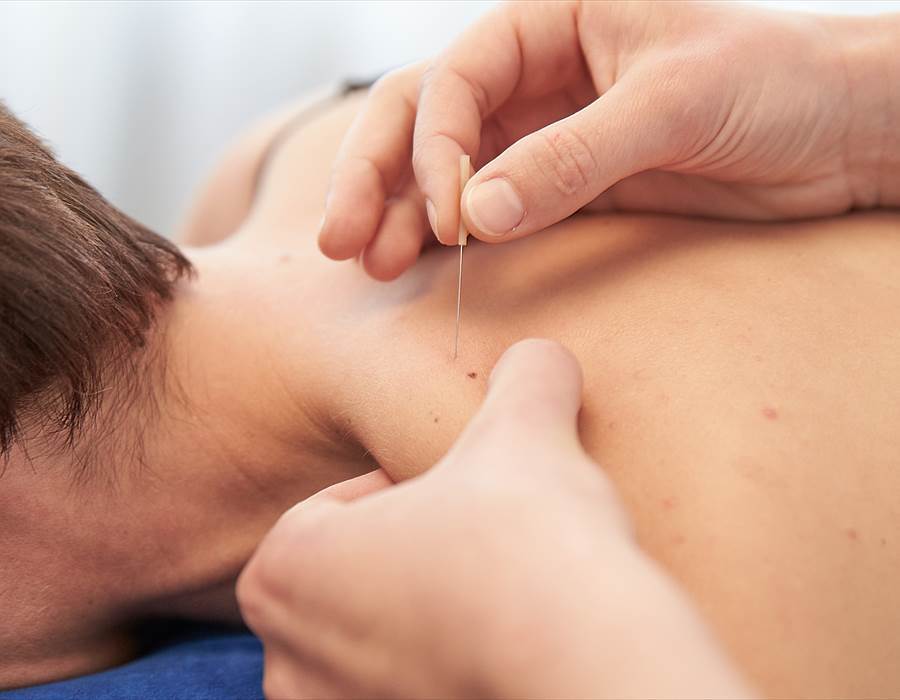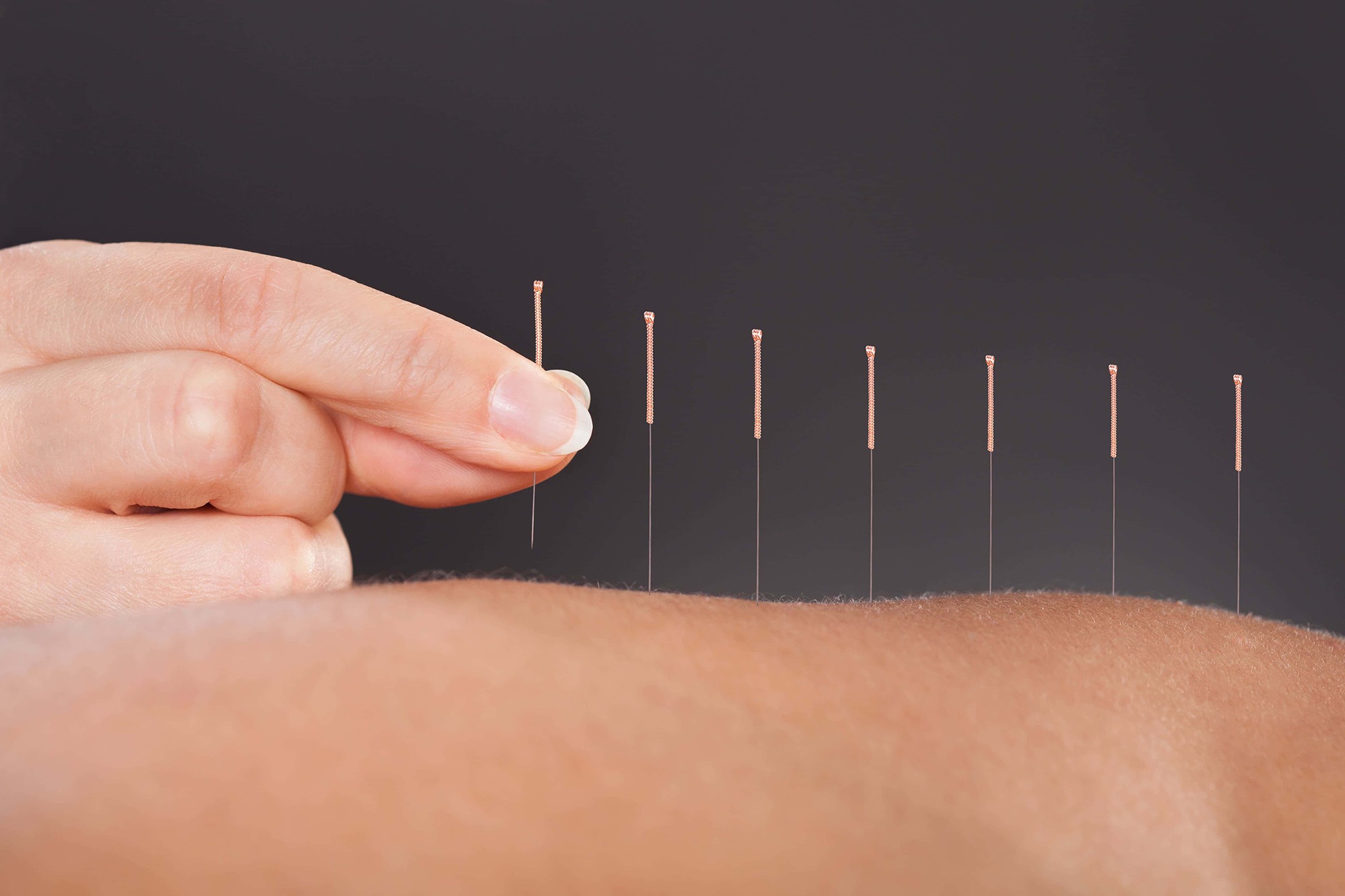Trigger Point Needling & Acupuncture

TRIGGER POINT NEEDLING
A common area of the body susceptible to trigger points are the muscles connecting the shoulders to the neck or upper trapezius muscles. The Upper trapezius muscles are responsible for keeping your head up straight, rotating your head away and bringing your ear down to your shoulder or vice versa bringing your shoulder up to your ear.
Commonly when sitting at a computer for long periods of the day the trapezius muscles are working to maintain your head position. If your work station is unsuitable you may be increasing the load on these muscles because you are looking down at the screen, particularly the lap top, or your head is rotated slightly to one side more than the other. Not quite as common nowadays is holding the phone between your ear and shoulder but if you do this especially when using a mobile, that is most likely to cause the development of a trigger point in the muscle.
In the upper trapezius muscles the trigger point will produce an aching pain deep in the shoulder blade area and can refer down the arm to the back of the elbow. It may even cause pins and needles locally. It can also radiate up the skull behind the ear and be responsible for tension headaches.
In order to treat a trigger point it is essential to find the route cause of the problem. This may be something so subtle that you won’t be aware of it until it is pointed out to you. It is best to get someone to observe you as they can see you move, or not as the case may be, than you can see yourself. Common faults are the computer being at the incorrect height or angle, poor posture sleeping, having your arm up on the window frame when driving, television being in the corner of the room so you have to turn your head to see it, etc.
Once the main cause is established, this of course can be altered. To treat the trigger point the physiotherapist has a couple of options. They may try some myofascial release which will involve deep tissue palpation of the trigger point in order to desensitise it. Another option is to treat the area with what is known as trigger point needling. This involves putting a fine needle (usually an acupuncture needle although it is not acupuncture) into the muscle to deactivate the trigger point. An acute spasm is felt in the muscle and a release of tension follows.
You will then be shown how to stretch the muscle and this will have to be carried out regularly. Trigger point needling may be very effective in one session or may take a number of sessions to fully resolve the pain depending on the severity of the problem.
If you would like to book an appointment please email info@spinalphysio.co.uk or call 01223 350622

ACUPUNCTURE
Research shows that the acupuncture needle stimulates sympathetic nerve endings, enhancing pain modulation by the release of chemicals within the body, such as endorphins. These help to diminish the sensation of pain. Following an assessment, a physiotherapist will decide if acupuncture is an appropriate treatment option for you. It will depend on your condition as to where and how many acupuncture needles are inserted, and how long they are left in for.
After reviewing the best available evidence, The National Institute for Health and Clinical Excellence (NICE) has produced guidelines which recommend the use of acupuncture to treat chronic low back pain. There is strong evidence showing that acupuncture is effective in the treatment of various conditions including joint pain caused by osteoarthritis and rheumatoid arthritis and tension type headache.
As a physiotherapy practice our clinicians use acupuncture to help pain relief with the consent of the patient when treating conditions from back pain to sports injuries. Acupuncture is rarely used on its own as it is a tool of treatment and the pain relief achieved by acupuncture can then allow other physiotherapy modalities to be used such as spinal manipulation, joint mobilisations and exercise.
For more information on acupuncture and the regulatory bodies who govern the licensing of acupuncturists see the links below.
https://www.medical-acupuncture.co.uk
https://www.aacp.uk.com
If you would like to book an appointment please email info@spinalphysio.co.uk or call 01223 350622
Online Consultation
We understand it’s not always possible to get to the clinic or you just have some questions that you’d like to discuss with an expert and get some advice.
With an online consultation you can have a 30 minute Zoom/Skype appointment with an experienced Chartered Physiotherapist who will discuss your concerns and offer appropriate advice.
